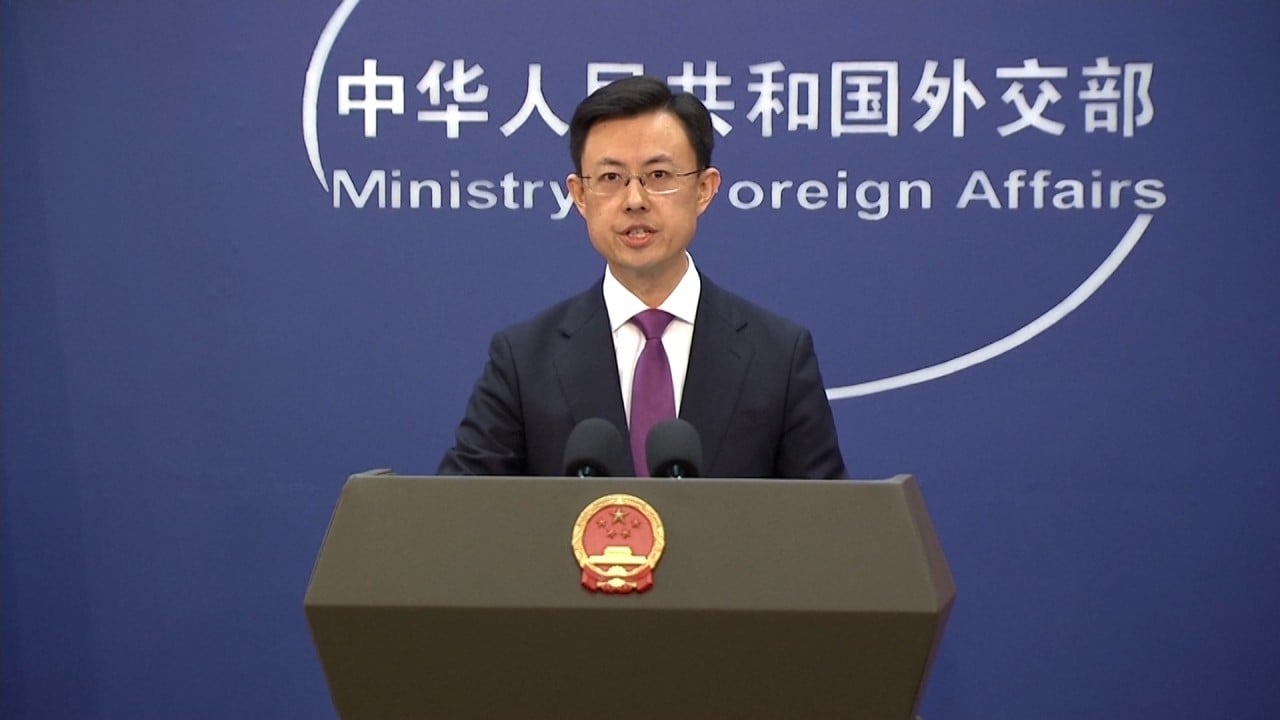Opinion | The US and China hold the key to each other’s economic puzzle
One consumes too much, produces too little. The other produces too much, consumes too little. What if each could solve the other’s problem?

As an American economics professor in China, I often tell my students that the problems facing the US and Chinese economies are like puzzle pieces, but opposite in shape.
One country consumes too much and produces too little. The other produces too much and consumes too little. What if each holds the key to the other’s puzzle? Indeed, the economics of the solution to each country’s problem seems to make perfect sense; it is just that the politics of cooperation is most likely to prevent it.
Could rising Chinese demand support US exports, and could an American supply-side revival help meet that demand? Might such coordination ease the disruptive effect of these shifts, especially for countries caught between a shrinking US trade deficit and Chinese manufacturers with shrinking subsidies?
Trade balances and manufacturing are usually lumped together when discussing global imbalances, as manufacturing is the most tradeable sector. It’s worth remembering that a trade balance is just an accounting identity: it reflects the gap between domestic demand (consumption + investment) and domestic production (consumption + savings).

